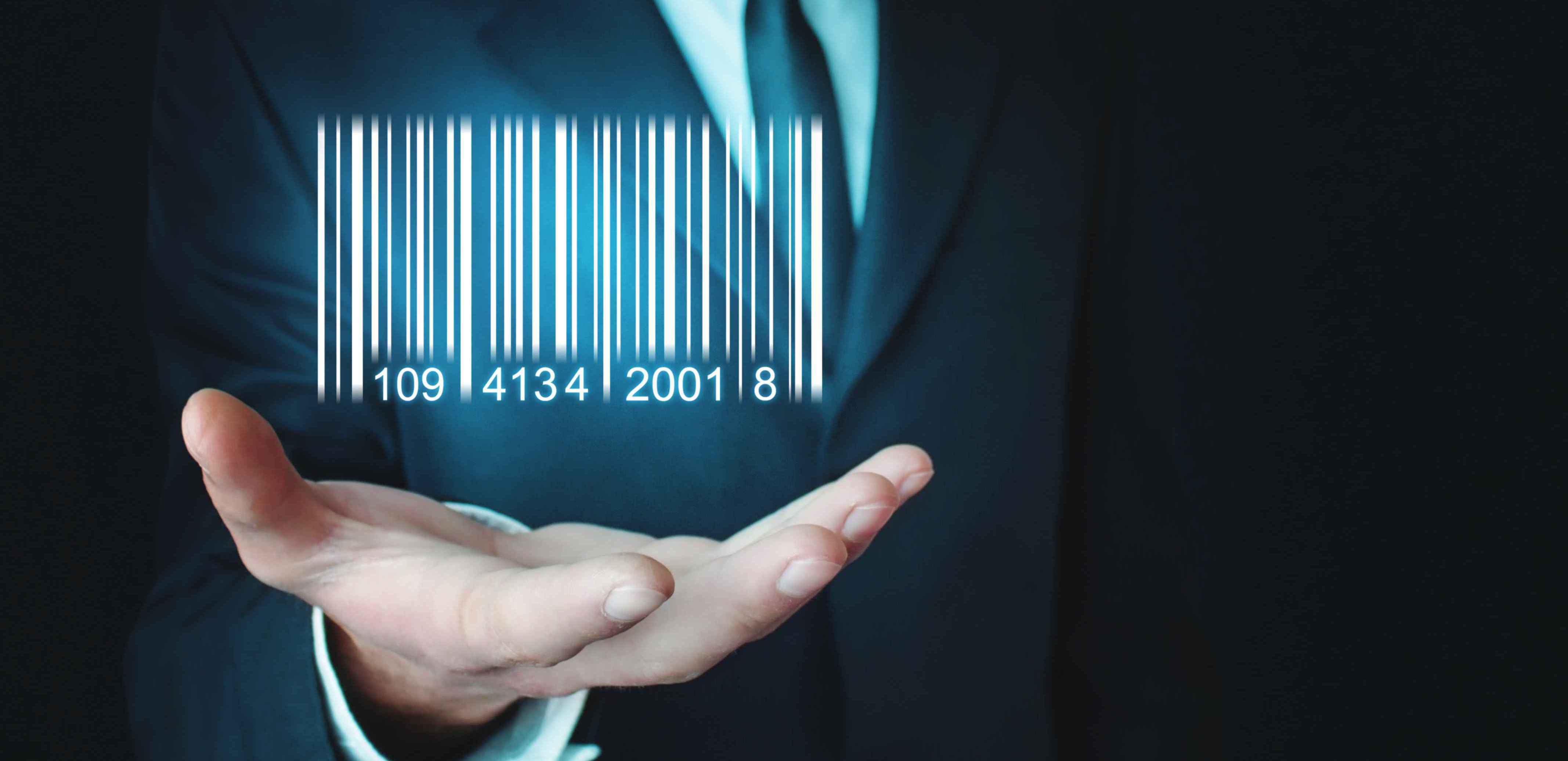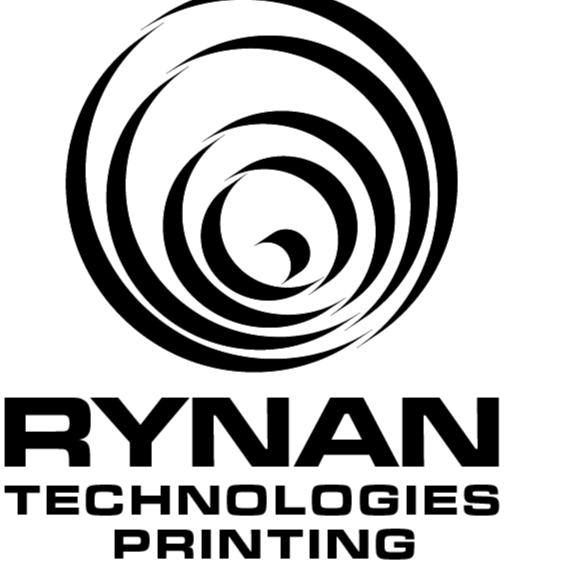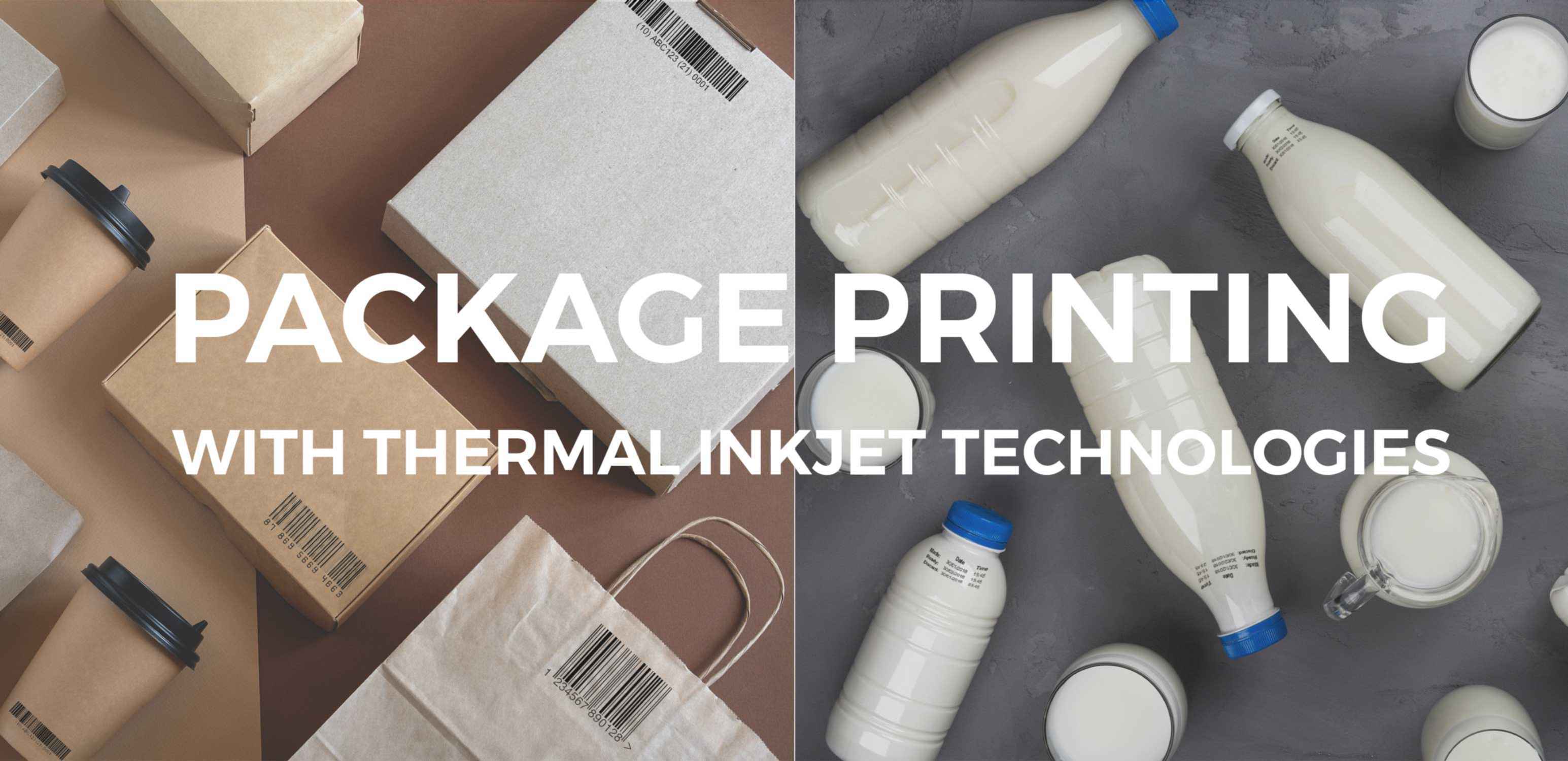
Will Barcodes Live To See Tomorrow?
In the winter of 1948 at a Florida beach house on Miami Beach, a 27-year old man stuck four fingers in the sand and drew them towards himself.
Sitting on a beach chair on the sandy shores of his grandparents’ house, N. Joseph Woodland was pondering over a problem posed by his friend Bernard “Bob” Silver, who had overheard a conversation between a supermarket manager and a dean at Drexel Institute of Technology in Philadelphia. The supermarket manager had sought the help of the dean to devise a solution for stocktaking and for checkout queues to be more efficient. Intrigued by the possibility of a new technology, Silver mentioned this to Woodland who decided to take up the challenge.
It was Morse Code that inspired Woodland. Seconds after he drew thick lines in the sand with his fingers, he continued tracing his fingers in a circular motion, and the ‘bull’s-eye’ barcode was invented.

Although Woodland patented the concept in 1952, laser technologies that could interpret the code were not widely available then and the potential of the code could not be realised. Several decades later, fellow IBM employee and engineer, George Laurer, finally caught up with Woodland’s vision. Laurer developed a scanner that could read codes and further developed the bull’s eye barcode by using stripes instead of circles, as circles were prone to printing problems. His invention of the linear, one-dimensional barcode was used commercially for the first time in 1974 at a Marsh supermarket in Troy, Ohio.
The product that was scanned? A Wrigley's 10-pack Juicy Fruit chewing gum, demonstrating that a barcode could be printed on an item as small as a pack of gum. The rest, as they say, is history.
How the one-dimensional (1D) barcode changed retailing and manufacturing
Pick up any grocery item in the supermarket today and you’ll still see the ubiquitous 1D barcode - a series of zebra-like lines used to store information such as product type, size, colour and price with accompanying universal product code (UPC) numbers. These rectangular barcodes appear everywhere on supermarket items, retail products and for purposes such as warehousing, accounting and assembly line operations. Besides tracking and automating inventory, the 1D barcode continues to increase the efficiency of checkout lines by eliminating the need for labor-intensive price tag placements and manual keying of prices, and reducing costly cash register errors.
The entry of 2D barcodes
While 1D barcodes show no signs of growing obsolete, growing demands over the years for higher efficiency in warehousing and operations coupled with increased regulations around consumer safety and product packaging have required much more out of 1D barcodes. There was a need for barcodes to embed more data such as batch numbers, components, expiration dates, websites, images, videos and more; while allowing both commercial scanners and cameras to easily read the coded information.
In 1987, 2D barcodes entered the market. Created with many small dots uniquely arranged in a square, 2D barcodes commanded excellent readability from any angle or direction. As they represent data both vertically and horizontally, 2D barcodes are able to hold more information in considerably smaller spaces than its predecessor, while remaining legible even when printed in small sizes such as on a patient identification wristband. Another advantage of 2D barcodes is their built-in error correction that ensures data integrity even if the code gets physically damaged. In addition to the health industry, these barcodes are also widely used in the electronics manufacturing and automotive industries. Two of the more common 2D barcodes we see today are QR codes and data matrix codes.

The Quick Response (QR) code is probably one that we are most familiar with. Invented by a team of Japanese developers from Denso Wave in 1994, the QR code’s sole objective then was to automate inventory management in the automobile industry. However, the capabilities of this technology soon gained international adoption for automatic identification, data capture, sharing supply chain information, asset tagging and tracking. For example, by combining QR code with GPS capabilities, companies can track assets and minimize the risk of loss. Furthermore, the versatility of QR codes isn’t just limited to inventory and supply chain management. Thanks to the arrival of smartphones, even the general public and enthusiastic marketers can simply scan a code with their phone cameras to access digital content, without any need for special scanners.
The Data Matrix code looks similar to the QR code except that it resembles a checkerboard containing rows and columns of black and white squares, with solid black lines on adjacent edges to enable scanner readability regardless of its orientation. As the dimensions of the squares are all equal, data is read by the positions of the black dots by sophisticated scanners. As more information gets embedded in the code, the number of rows and columns increases. Due to its ability to store large amounts of data in a small space, Data Matrix codes are best used for marking small items. They are especially useful for parts marking in the electronics, aerospace, automotive, logistics and postal services. In the pharmaceutical industry, data matrix codes are used for unit dose and product marking.

Track and trace technology solutions are set to rise
Much spotlight has been placed on the importance of product tracking and tracing since the emergence of the Covid-19 virus. Prior to the pandemic, track and trace technology was already gaining ground to protect brands and products. As the pandemic grew, greater visibility and agility was required around this technology.
Today, track and trace technologies such as barcodes help ringfence virus clusters, combat counterfeiting and black-marketeering, and enhance traceability to safeguard both companies and consumers. In a recent research report by Markets and Markets, the global track and trace solutions market is projected to reach USD 7.3 billion by 2026 from USD 4.1 billion in 2021. This is driven by strict standards and regulations of serialization, manufacturing and distribution practices, brand protection, increased packaging-related product recalls and a rising number of pharmaceutical and biotechnology companies.
While the 2D barcode segment accounted for the largest market share in 2020, RFID technology is projected to have the fastest growth into 2026. As a data-rich carrier, RFID stores more data than 2D barcodes and enables non-line-of-sight scanning, which helps in inventory accuracy. A reader can retrieve information from every tag within range, without a need for individual scanning.

The barcodes of tomorrow
Consumer expectations for legitimate, real-time information have risen since the advent of online shopping and the proliferation of smartphones as a shopping tool. With e-commerce infiltrating our daily lives, the threat of counterfeit products also becomes very real. Besides looking at enhanced supply chain efficiencies, manufacturers, retailers and brand owners have to invest in direct-to-consumer marketing and consider consumer engagement even before the point of purchase. This includes providing consumers information about their purchases such as product authenticity, product freshness and origins, traceability, recalls and returns management in order to improve the consumer experience. How best to do this? Data-rich carrier solutions with the ability to hold all this information and more, made accessible in real-time with just a quick scan on consumers’ smartphones.
Barcodes have served us well for close to 50 years because of their adaptability. The next generation of barcodes will continue to evolve into data-rich solutions designed to give consumers control and unparalleled levels of product information at their fingertips, anytime, anywhere.
Create and print barcodes fast with our next generation of Thermal Inkjet Technology. Find out more about our RYNAN R20 series to generate unique barcodes with real-time printing capabilities for your business needs.
Tasked with the challenge of uneven substrates? The RYNAN R20 Reach is capable of longer throw distances for increased legibility on uneven substrates to ensure print that weathers tough environments.

Writer
References:
Gavin Weightman, The history of the barcode, Smithsonianmag.com, 23 Sep 2015
Harrison Smith, George Laurer, an inventor of the modern bar code, dies at 94, The Washington Post, 11 Dec 2019
GS1 US Advanced Data Carrier for Point-of-Sale (POS) Getting Started Guide, https://www.gs1us.org, 1 Jan 2020
Sam Paul, Innovations in Anti-Counterfeit Packaging, Flexible Packaging, 29 April 2021
Track and Trace Solutions Market by Product (Plant Manager, Checkweigher, Barcode Scanner, Monitoring), Technology (2D Barcode, RFID), Application (Serialization, Aggregation, Reporting), End User (Pharma, Food, Medical Devices) - Global Forecast to 2026, www.marketsandmarkets.com, May 2021

